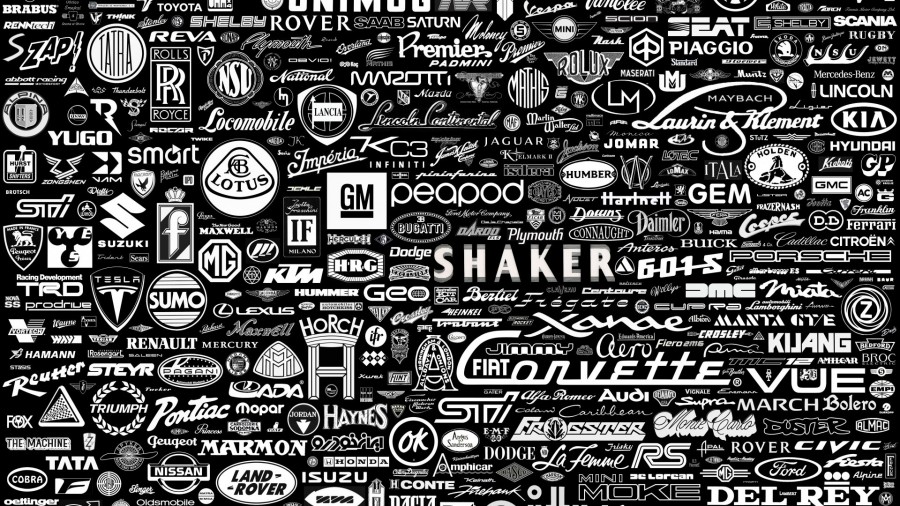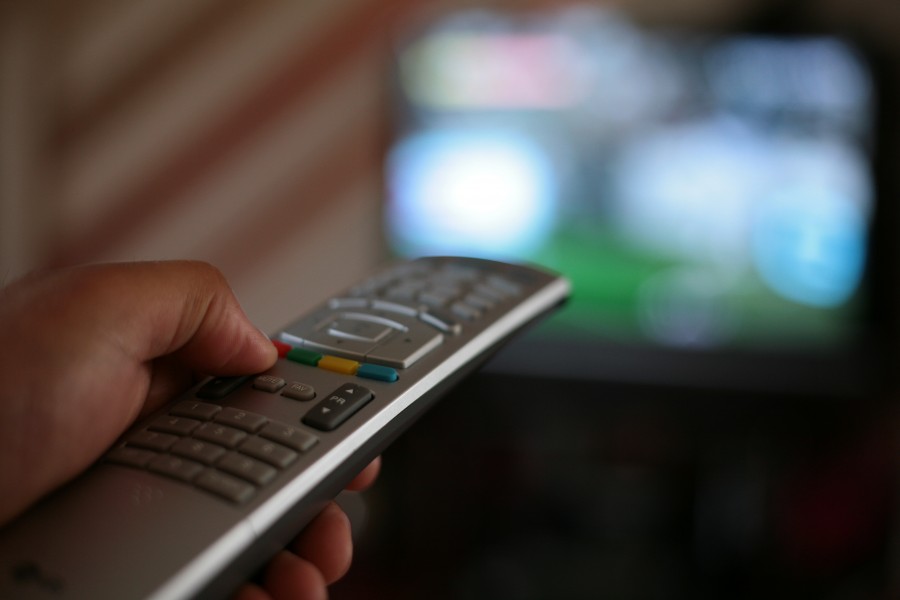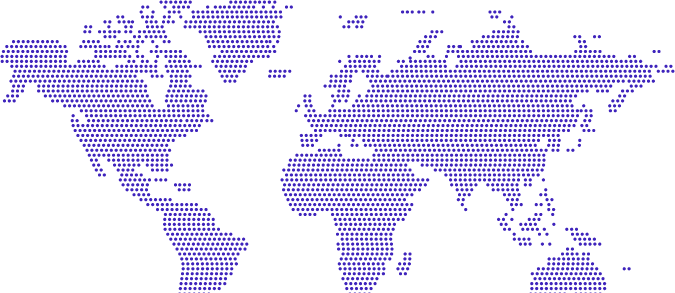Almost everyone has at least one TV series that they follow regularly. You will either watch your series tonight or you have already watched it last night. You plan to be in front of the TV on the evening your drama aired. You do not go to visit or try not to accept guests. Years ago, when the TV series "Valley of the Wolves" was popular, the streets were empty at broadcast time. Nowadays, this popularity has been divided among many TV series. We all follow our series. They also show us their summaries every week, in case we might not understand, as if our series were scientific and difficult to understand things shot in the subject of atomic physics. Do we remember the companies that invest so much in this business and advertise, in a way, finance our TV series? Which brand sponsor the series you follow? Just before the series starts; Who is the brand that poured money to mention its name by saying "proudly presents such and such series"? Do you remember an ad from that last ad generation that entered the final scene of your series?
Do you remember an ad?
This is a hard question. The reason why our minds are so dull is the advertisements that are overwhelmed. "Look at us! Look at us!" companies and their advertisements. 24-hour television channels, e-mails, social media advertisements, mobile games and applications ... All of them are struggling to enter our area of interest and attention, which is getting narrower and worn day by day. For this reason, our brain is shrinking its sieve more and more.
According to research, by the time you reach the age of 66, you will have watched nearly 2 million ads in total. This is when we calculate it as time; It's the equivalent of watching ads seven days a week for eight hours a day for 6 years. According to research conducted in 1965, viewers remembered 34% of the advertisements they watched. Do you think this is a low number? Listen to the rest; this rate fell to 8% in 1990. According to research conducted in 2007, viewers can only remember 2.2% of the advertisements they watched. Out of every 100 people you manage to watch your ad with, 98 don't remember you. Take an estimate of the advertising budgets that went to waste.
Fish Memory Ad Trackers
Another important reason that feeds our forgetfulness is the insistence of advertisers to stay away from creativity. It's easy to understand the reason for this persistence: what we've done worked for years, why not just keep going? Think of automobile ads; the same arrival, the rising of dust, the same sliding in the final ... Without the logos and slogans, they are all almost the same advertisement. This attitude takes viewers away from the screen. We are no longer in a single-channel country. We have a luxury called "zapping." Don't think of this zapping as just switching between TV channels. Post Modern Customer has the opportunity to zap in every area. You can browse through radio channels, browse city squares to see billboards, browse mobile apps and games, browse through social media options ... It doesn't have to be connected anywhere. Unstable and naturally not faithful.
![]() New Vieverwship
New Vieverwship
The television, which opened with the national anthem in the morning, closed in the same way in the evening, remained on constantly during the intervening period, and the broadcast stream was determined by the channel, finished. Content is now a preferable concept. Viewers flee from ad slots (direct advertising) between programs or TV shows to ad-free spaces. Like YouTube, possibilities like cable TV options can be an exit. But companies have already settled there. They invested in what is called "product placement" by making their products a place in the program or series (Product Integration). This new ad type is the subject of another article.

 New Vieverwship
New Vieverwship

